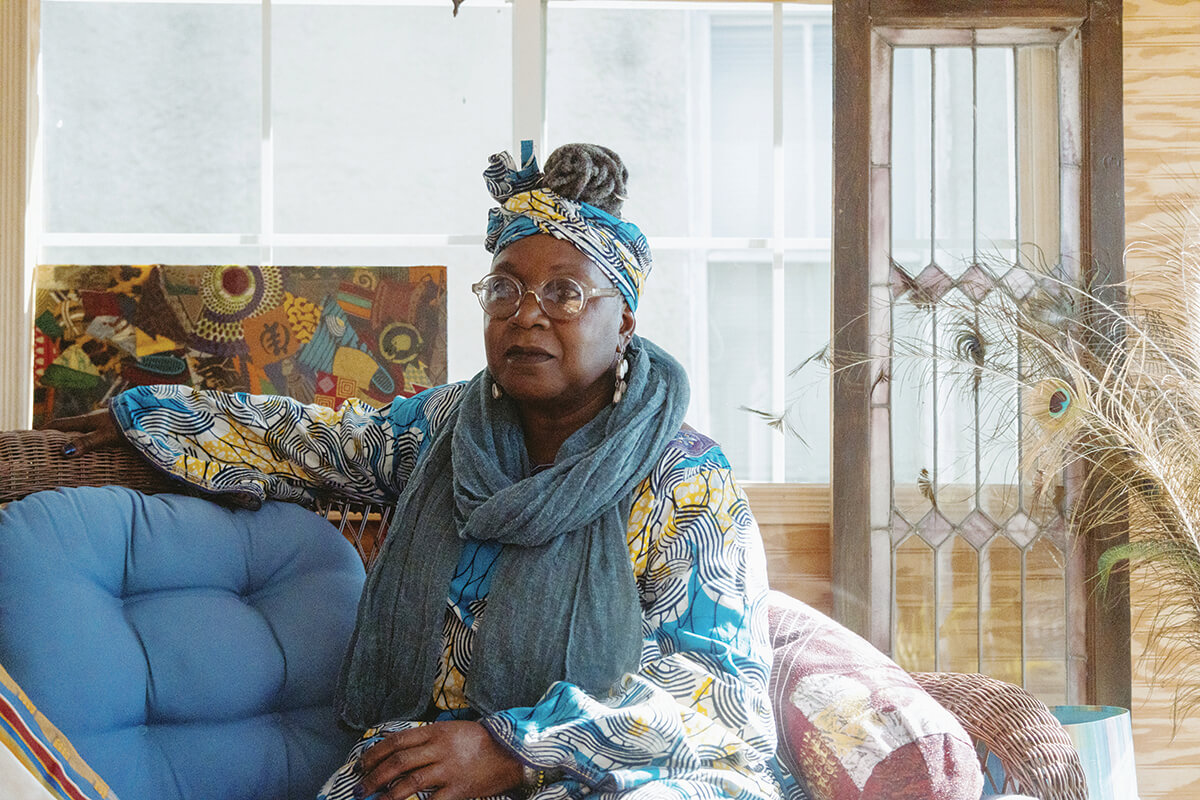Arts & Culture
The Sankofa Dance Theater Legacy Lives On in Baltimore
In advance of BMA performances celebrating the theater's 30th anniversary, founder Kibibi Ajanku discusses the evolution of Baltimore’s premier professional African dance and drum ensemble.

In 1989, Kibibi Ajanku fulfilled a calling. As an adolescent, the Baltimore native had fallen in love with the rhythmic movement of West African dance. She eventually joined a professional company that took her around the country and world, deepening her connection to the diasporic art form and clarifying her own place in the global community.
Upon returning home, she wanted to share this gift with others, and Sankofa Dance Theater was born.
What began as a single children’s class quickly evolved to meet the needs of her community. As demand increased, so did the offerings, which included a dedicated performance troupe that would become the premier professional African dance and drum ensemble of Baltimore.
Over the following decades, the theater became a space for both children and adults to forge their own connection to the dance form and to gain an understanding of the African experience through the African arts. For Ajanku, the work that Sankofa did was, “age-old and time tested, yet new and exciting all at once.”
Performances were prolific, taking place at various community events, museums, music venues, and locations abroad. Ajanku advocated for the African style to reach equal standing with other prestigious dance forms, such as ballet, seeing it as a rich cultural expression, complete with handmade costumes, intricate choreography, and artistic backdrops.
But despite the company’s success, declining attendance and financial challenges led Sankofa to close its studio doors in 2010. Smaller shows continued for a few more years, but Ajanku believes its essence remains a life force in Baltimore through the countless Baltimoreans the theater served.
“Sankofa is like a family member,” says Ajanku. She runs into former students often, and her two sons continue to drum.
This month, the troupe is reuniting for two rare performances at the Baltimore Museum of Art on Nov. 17 and 24 in celebration of the release of a new limited-edition coffee-table book, Sankofa Dance Theater: 30 Years of Music, Movement, and Folkways, which chronicles the group’s history as a cultural ambassador for both Baltimore and West Africa.
After spending the last decade as equity director for the Greater Baltimore Cultural Alliance, Ajanku now focuses on visual art forms, including hosting plant-dyeing workshops in her home studio in West Baltimore. She spends much of her time tending to her indigo garden there, proudly displaying her blue nails as proof.
In all she does, she continues to explore notions of identity, history, and legacy.
“Everything I do touches the traditions of African people because, as Africans in America, we need to feel and envision that connection,” she says. “[It’s] a continuation of my lifelong mission to elevate African art and culture to a place of respect and equality.”